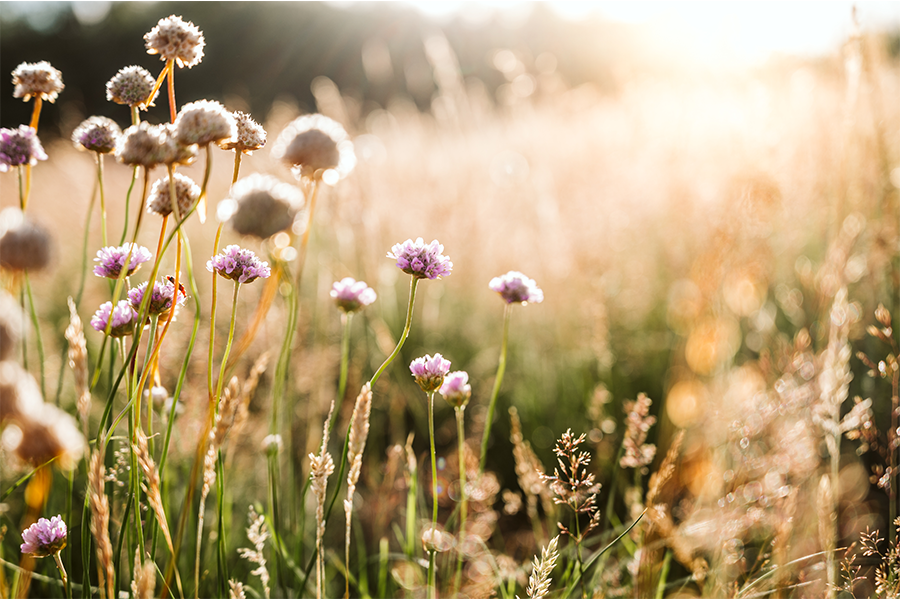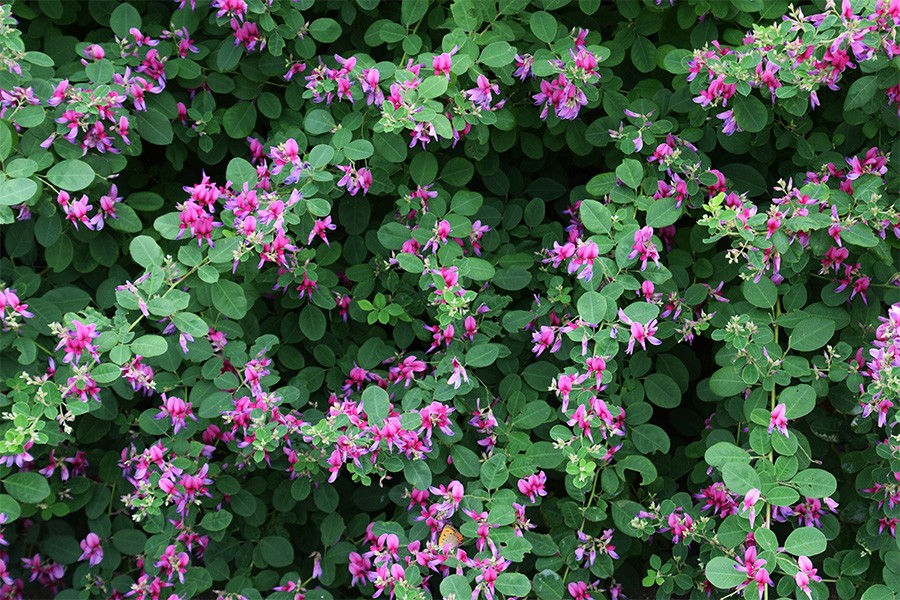Departments
-

AP 101-3
2011 Georgia Corn Performance Tests
In this research report, the results of the 2011 corn performance trials are presented. Corn performance trials were conducted at six locations throughout Georgia (see map inside back cover) in 2011. Short-season and mid-season hybrids were planted at Tifton, Plains and Midville in the Coastal Plain region, at Griffin in the Piedmont region, at Calhoun in the Limestone Valley region and at Blairsville in the Mountain region. Hybrids used for silage were evaluated at Tifton, Griffin, Calhoun and Blairsville.
Anton Coy, James Day, and John Gassett
|
-

SB 63-5
2011 Tobacco Research Report
This report contains the most recent results of tobacco programs at the University of Georgia.
Stephen Mullis
|
-

This publication is a comprehensive guide to growing and identifying native wildflowers suitable for planting in Georgia. The term “wildflower” in this publication is a general term used to define both annual and perennial native herbaceous plants with showy flowers that have evolved with an ecosystem and grow naturally without either direct or indirect human intervention.
NOTE: This publication is large and may take several minutes to load.
Svoboda Pennisi
|
-

Spring dead spot (SDS) is a persistent and destructive disease of bermudagrass (Cynodon sp.) in Georgia. The disease can be problematic on lawns, landscapes, golf courses (bermudagrass greens, tees and fairways) and sports fields. The disease is particularly prevalent and damaging in north Georgia, especially in the Piedmont region. However, SDS can be observed throughout the state after harsh winters and in areas where bermudagrass has been exposed to freezing temperatures for extended periods of time. The disease has also been observed in zoysiagrass, although less frequently. This publication explains how to identify and control Spring Dead Spot in lawns in Georgia.
Freddie Waltz and Alfredo Martinez
|
-

C 1011
Home Garden Potatoes
This publication discusses selecting the right types of potatoes, proper planting, maintenance and troubleshooting problems.
Robert Westerfield
|
-

This publication explores color relationships in the landscape, ways of seeing plants in terms of color, and various ways to use color successfully in plant selection and landscape design and composition.
Svoboda Pennisi and Matthew Chappell
|
-

Research has shown that a landscape that has been carefully planned and installed and properly managed will be healthier, less prone to insects and diseases, and will require less irrigation. Georgia’s landscape and turf industry and UGA Cooperative Extension are urging citizens to implement inexpensive and easy-to-perform landscape management practices that decrease the need for irrigation and/or lead to greater efficiency of irrigation when it is needed. This publication provides tips about planning, planting and maintaining the landscape to save water.
Gary Wade, Svoboda Pennisi, Freddie Waltz, and Matthew Chappell
|
-

This publication describes ways to identify and control Lespedeza in turfgrass, including cultural control methods, preemergence herbicides and postemergence herbicides.
Patrick McCullough
|
-

This publication provides a guide to the various forage systems that could be used for stocker development and provides guidelines for managing grazing or hay harvests for optimum forage yield and quality.
R. Lacy, Dennis Hancock, and Lawton Stewart
|